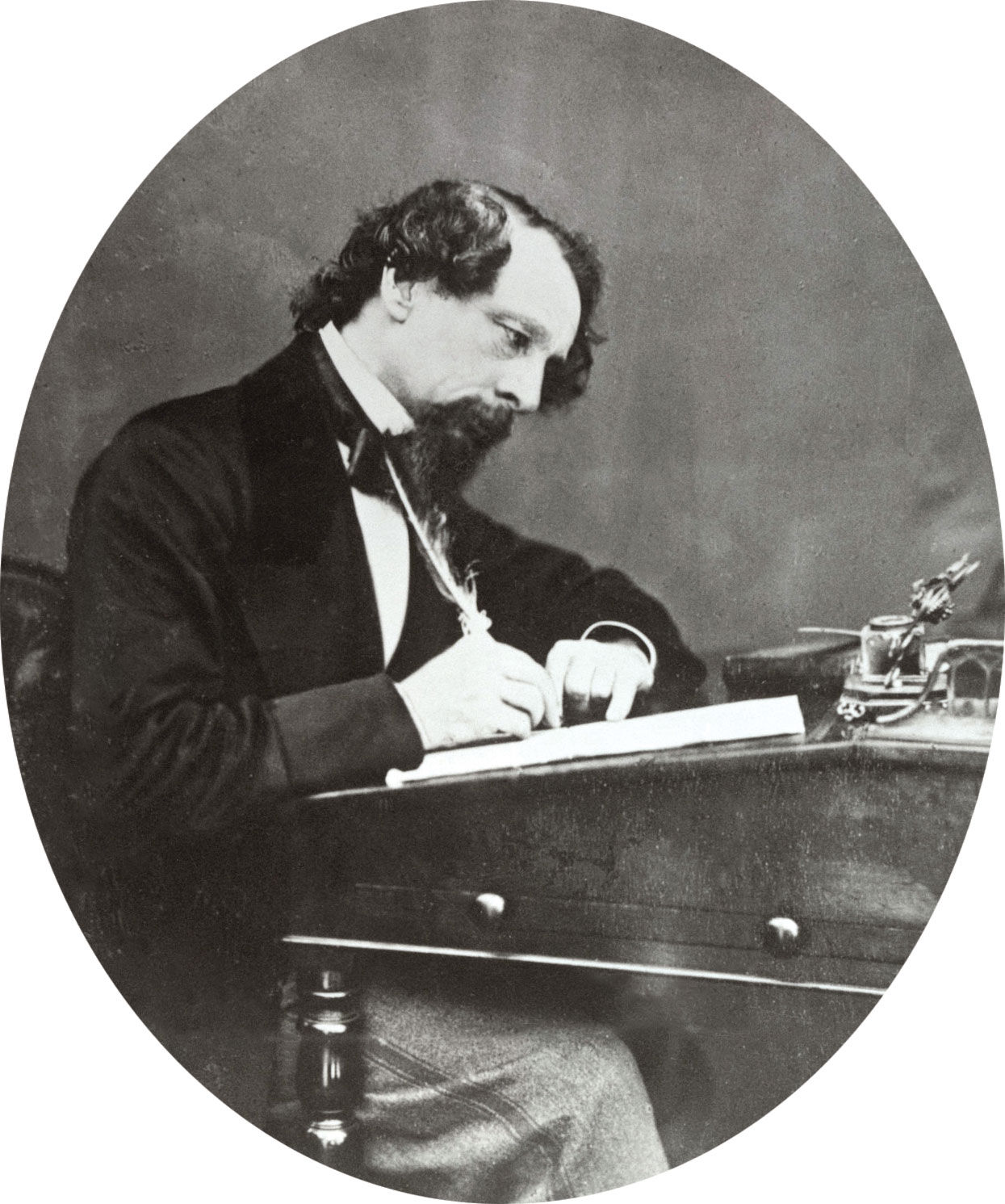It may be hard to believe now, but Christmas, which is
marked by much extravagance, was once limited to rural folks who
celebrated it with their hallmark thriftiness, a far cry from the bombast that
the present-day version of the festival seems to embody.
The festival has seen rise and ebb in its popularity through
centuries, from a fortnight-long affair in the antiquity to a subdued minor
event which it was reduced to in the middle-ages.
The current version of the festival which is characterized by
its spirit of generosity and a kind regard to the poor and have-nots, is largely
responsible to a novella written in 1843 by English writer
Charles Dickens.
With his ‘A Christmas Carol’, Dickens at once captured the feel
of the festival and catapulted it into the cities of Victorian Britain, which
had kind of forgotten about it as they mechanically forged their path in the
beginning of the industrial era.
Dickens’ was a classic ‘change of heart’ story involving a
miser Ebenezer Scrooge, who by the end of the tale turns into a generous
fellow, doubling the salary of his underling.
Dickens was already a popular novelist by the time he wrote
the ‘Christmas Carol’. Published on December 19, the book’s first edition was
sold out by December 23.
The novella was praised in its time for its delicate
handling of the theme, and was such a hit among the masses, that when Dickens died
in 1870, a woman was said to have exclaimed “Dickens dead? Then will Father
Christmas die too?”
‘A Christmas Carol’ was not the first Christmas story which
was written during the period, but it was the Dickens’ story in which the
festival was dusted from its years-long neglect and was presented to the masses
all anew and fortified with fresher myths.
“It was the Christmas stories of Dickens… especially his 1843 classic A Christmas Carol, that resurrected ancient
traditions and celebrated anew the earthly appetites that define human life,” Richard
Michael Kelly wrote in his introduction to the one of the novel’s later editions.
“Amid his scenes of genial gatherings, Dickens expresses a
child-like abandon as the ordinary business of life gives way to eating
plum-puddings, drinking spiced wines, playing parlor games, dancing, and telling
ghost stories at the fireside,” he explained.
It is most probable that the inspiration behind writing the
story was less animated by the desire to write a compelling bestseller, than by
a wish to redeem his childhood’s frugality by creating a work which was marked
by generosity and equality.
Dickens, though born in a decent household, was forced to
work at a warehouse at the age of 12 when his father was arrested for not being
able to repay his debts. And it was this experience which led to his writing most
compellingly about the less fortunate, and especially, the less fortunate kids.
“In creating A Christmas Carol Dickens gathered up the grim
memories of his father’s imprisonment, his depressing year in the blacking
factory, his outrage over the condition of the poor and uneducated – especially
the children working in the mines and industry—and fused these dark visions
with the bright prospects of a Christmas celebration,” Kelly wrote.
Unlike previous Christmas stories which depicted a rural snow-covered
landscape, Dickens’ story relocated Christmas “squarely in the heart of London”—a
major move, which played a role in warming the hearts of the city folks to the
ancient ritual-heavy festival, which was adopted with a fresh vigor, and went
on to become an important cultural, as well as a commercial event.







